Pressure Cooking the Books 7
Danube, by Irina Georgescu (with reference to Carpathia and Tava too)
Hello everyone - for recent joiners, this post is part of a regular series in which I review a cookbook, but with an emphasis on how well the recipes convert to pressure cooking. It came about because of the frequency with which I was being asked how to pressure cook favourite recipes from other people’s cookery books and also ties in with the over riding purpose of this newsletter - to give you the tools, the methodology (often counter intuitive!) and the confidence to be able to this yourselves.
Over the past few weeks I have been eating my way through Romania in the company of Irina Georgescu, specifically following the Danube from its entry point from Serbia via the Iron Gates to its disgorgement into the Black Sea. It has been an education. I realised quite early on that my views on Romania were quite one dimensional and hadn’t moved on much from the preconceived notions developed mainly in my teens. To me, Romania screamed remoteness - not just because I grew up with it being behind the “Iron Curtain” but in terms of internal geography (impenetrable wooded mountain ranges, a region rich with wolves, bears, eagles) and outlook - this fed mainly by Patrick Leigh Fermor and then William Blacker’s Along the Enchanted Path about the agrarian Saxon communities who eschewed modernity and contact with the outside world.
And while this Romania clearly exists - for example, it is home to the largest area of undisturbed forest in Europe, covering a massive 27% of the country, this is by no means the whole story. Via Irina’s beautiful book I find instead a country which has embraced food cultures from its neighbours and settlers and is therefore a book of variety rather than homogeneity. I love a book which has on the one hand dishes featuring pork and sauerkraut and dumplings of Germanic/Central European/Slavic origin and on the other the herby, garlicky yogurts and sauces favoured by their Turkic/Tatar communities.
I’m not going into the breadth of diversity Irina describes here as it is quite complicated - to get a full picture you need to look at all three of her books to date - Carpathia and Tava as well as Danube. Instead I am going to focus on practical matters - the cooking of food. I thought I knew Romanian food - I spent a decade recipe developing for a chef with strong connections to the country and Romanian inspired recipes cropped up frequently. But I now understand these were very specific to Transylvania. It has been a joy exploring a less familiar cuisine, and in particular flavour combinations outside of my regular experience.
In terms of pressure cooking, there are plenty of adaptable recipes - around two thirds of the recipes in Danube have at least one element which can be pressure cooked. Sometimes this is simply hard boiling eggs and potatoes (you can cook them together!) for a fresh, dill flavoured salad, or pressure roasting/grilling vegetables. But more frequently relates to the numerous one pot meals which pepper the book.
We are just about in Spring now - having a run of bright weather which feels positively balmy at times - but we are still getting frosts and there is a definite bite in the wind. I mention this because the weather has a big impact on how we eat (I assume this is not specific to me!) and I found the recipes in Danube very sympatico with how I want to cook now. That is to say, I still want the comfort of carbs, but I want it a bit zinged up. Many of the dishes achieve just this, often with judicious use of citrus and/or vinegar, but also with a multitude of fresh herbs, the heat of raw garlic, horseradish, paprika. A white bean and noodle dish served with a yogurt sauce which has a good heft of garlic in it. A very intense soup is made with sun dried tomatoes, tomato puree and passata, soured further with vinegar and served with cheese dumplings, a buttery rice dish is scented with quince and rosemary and reads almost like a dessert until the non-Lenten inclusion of chicken or lamb is mentioned. A chicken is braised with broad beans, lettuce and wild chicory (you can buy this frozen in some international shops, or use any bitter green) and served with buttery, creme fraiche potatoes. A myriad of stews and soups, many of which are vegetarian, but others just as fresh such as a lamb soup flavoured with mint, are topped with pastry or eggy bread or served on polenta or pasta. There are compotes which can be pressure cooked in moments, pastries, some of which require cooked fillings (often pressure cookable) and also stacks of stuffed bread recipes for the bakers amongst you.
What did I cook?
A lot but I’m just going to give you pressure cooker instructions for a couple. Most of them you will find incredibly straightforward, these two needed a little more thought.
First up, a leek, tomato and olive stew, scented with coriander seed and lemon zest. I will always try a leek dish (Welsh blood), a popular ingredient in Romania - and of course Wales, the place Irina has made her home since moving to the UK. It’s Lenten dish, so very appropriate for now and one I have now made twice, once with tinned tomatoes, once with very ripe sweet fresh ones.
In Irina’s method, leeks are sauteed with coriander seeds, wine is added and boiled off, then stock and tomatoes added and cooked down for around 15 minutes before the olives, lemon zest and juice are added.
I followed this, just cooking for 3 minutes instead of 15. I also reduced the stock to 100ml using tinned tomatoes, and omitted entirely using fresh. This was fine, but even with tomatoes acting as an inhibitor, the leeks were still a bit over cooked. But I knew that the tomatoes needed time to cook out. I didn’t want to go to the faff of sauteeing leeks, removing, adding tomatoes…so the second time I made it, I sauteed just the leek greens, then cooked with the tomatoes for 2 minutes, fast released then added the whites along with the lemon and olives. Zero minutes HP and natural release and perfect - leeks still melting but with a little more integrity.
It is such a good dish. Delicately fragrant but also packs a punch with a sourness which reminds me of a Ukrainian solyanka. I like it on its own, but it would be good over pasta too.
Second up, who doesn’t love a double carb? So a chicken and potato pilaf with garlicky courgettes. Very simply, chicken thighs are fried, skin side down, removed, onion and potatoes added and sauteed, then rice and stock/water. Then cooked until the rice has absorbed the liquid. As most of you will know, this takes 3 minutes natural release in the pressure cooker so much faster and with an even greater fuel saving as some of the cooking takes place off the heat. The trick is not stint on browning the chicken (leave it alone while you prep your vegetables) - and this is where my tip comes in because chicken thighs would normally take a little longer than 3 mins when on the bone - to be absolutely sure they cook in the time, just run your knife along both sides of the bone to loosen the flesh and flatten them out a bit. Then grated courgettes are mixed with raw garlic and sprinkled on the top. I didn’t have any fresh marjoram so used oregano, and a bit of fresh mint too.
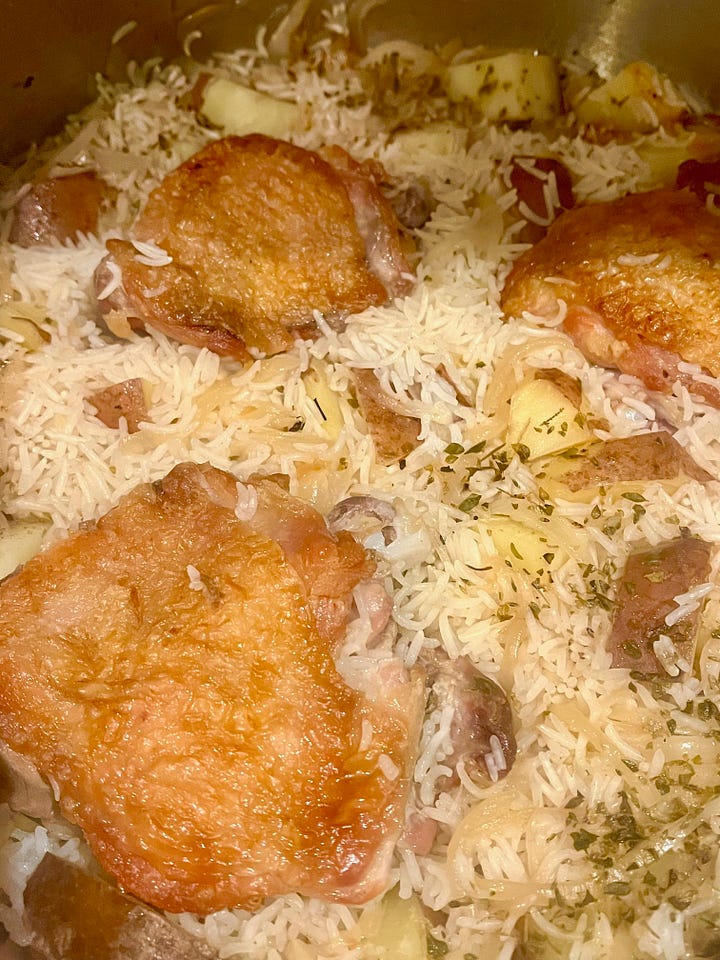
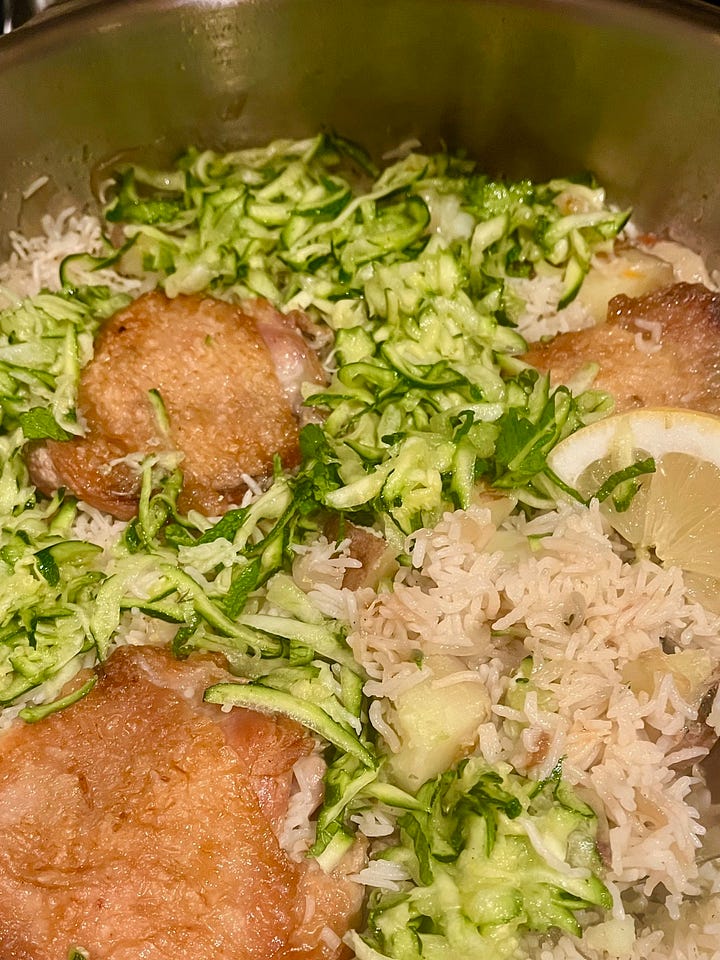
I also made three meat (beef, bacon, sausage) casserole which made carnivorous Adam very happy, served with polenta. Then because I had leftover polenta, I made a version of “monastery stew” (a flexible mix of vegetables flavoured with lots of herbs, chilli, paprika and vinegar) because it is served with polenta croutons - an idea I really like and shall do again.
A quick word about polenta. It features a lot in Romanian cuisine and in this book, and try as I might, I cannot get it to work as I would like it to in a pressure cooker. There are pressure cooker recipes out there, but I have followed their methodology and I don’t like the fact that the bottom layer does usually scorch, so when you stir the polenta post cook, you have to be careful that you don’t incorporate that layer into the rest of it. I have a horror - actual phobia - of lumps in food that should be smooth. If you are more accepting of this and want to give it a go, here is Laura Pazzaglia’s method. There is also this PIP method (Pot in Pot, basically cooking in a pot in your pressure cooker on a trivet or sitting in the water) which Amy and Jacky use, which I should try - although they say they do get a bit of sticking too.
I’m going to finish with one of my favourite recipes from Carpathia as it is always good to revisit a previous book, especially when it is still in print! It is a pork rib broth and what I love about it is the unexpected flavours. The pork is cooked in bay scented water until tender (15 mins enough at HP, fast release) - the pressure cooker does a brilliant job of doing this as well as pushing flavour into the cooking liquor. Vegetables are added to the broth - diced parsnips, celeriac, carrot, onion and this time, 2 mins HP fast release is enough. Then the meat is added back along with vinegar and fried bacon lardons. At this point, egg yolks are whisked with yogurt and this is tempered by some of the broth before being poured into the cooker along with A LOT of tarragon. It is like a meaty, lemon free avgolemono soup - looser and perfectly balanced.
All of Irina’s books are available in all the usual places and I can also recommend her newsletter, Recipes and Stories of Eastern Europe which will give you insight into her latest book and more, she is especially good on following the seasons.
Thank you for reading! If you have any of Irina’s books or are tempted to buy and find you need help adapting other recipes, please shout. If you have enjoyed this post, please like/restack/share with anyone else who you think may like it. Thank you again!




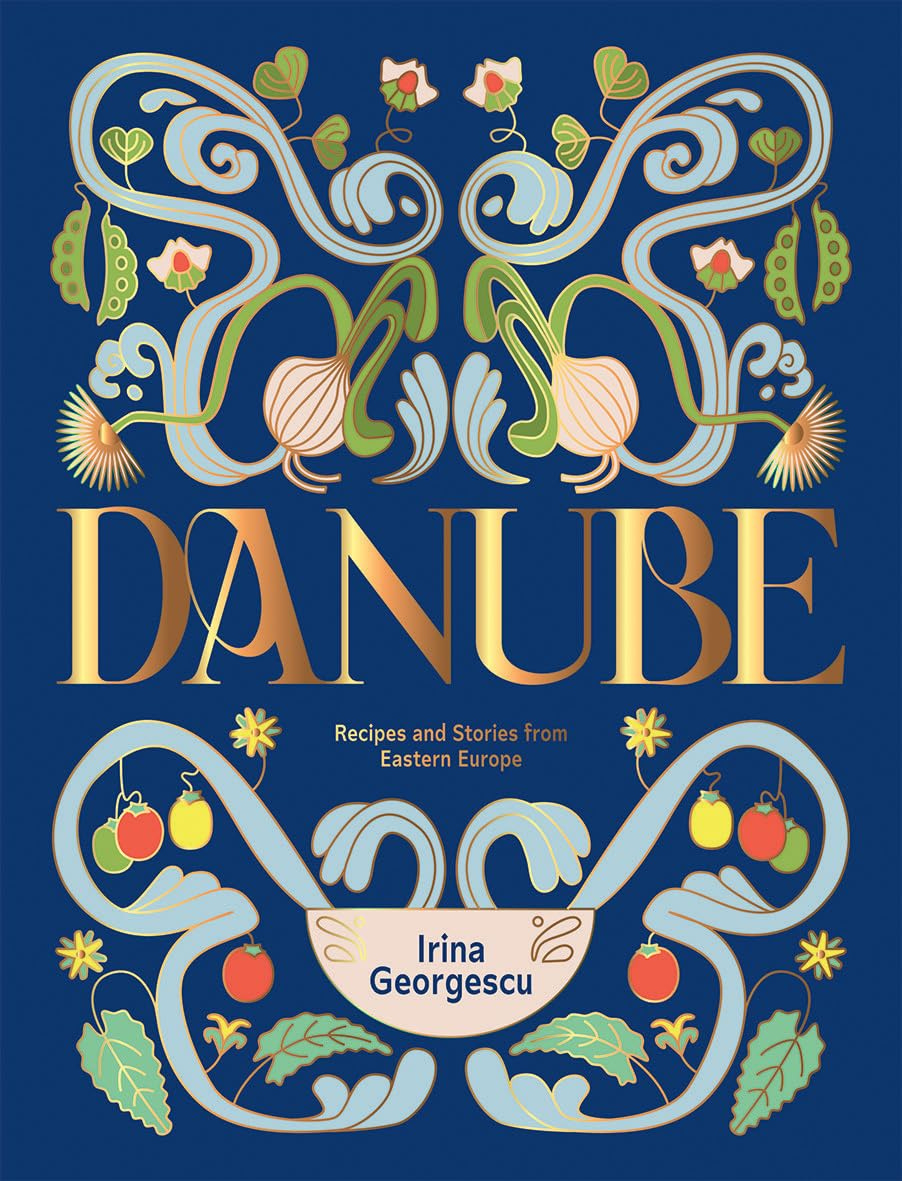
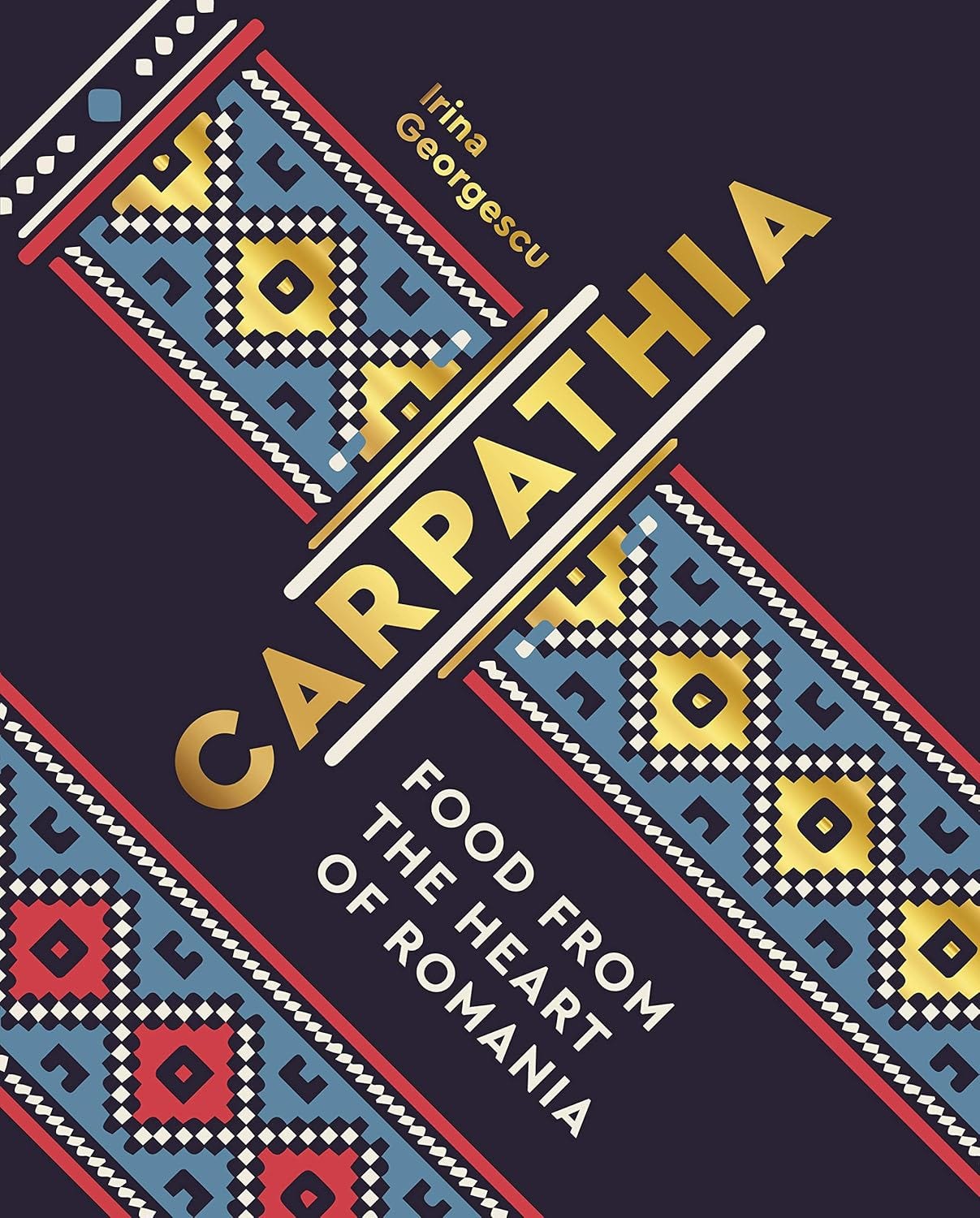
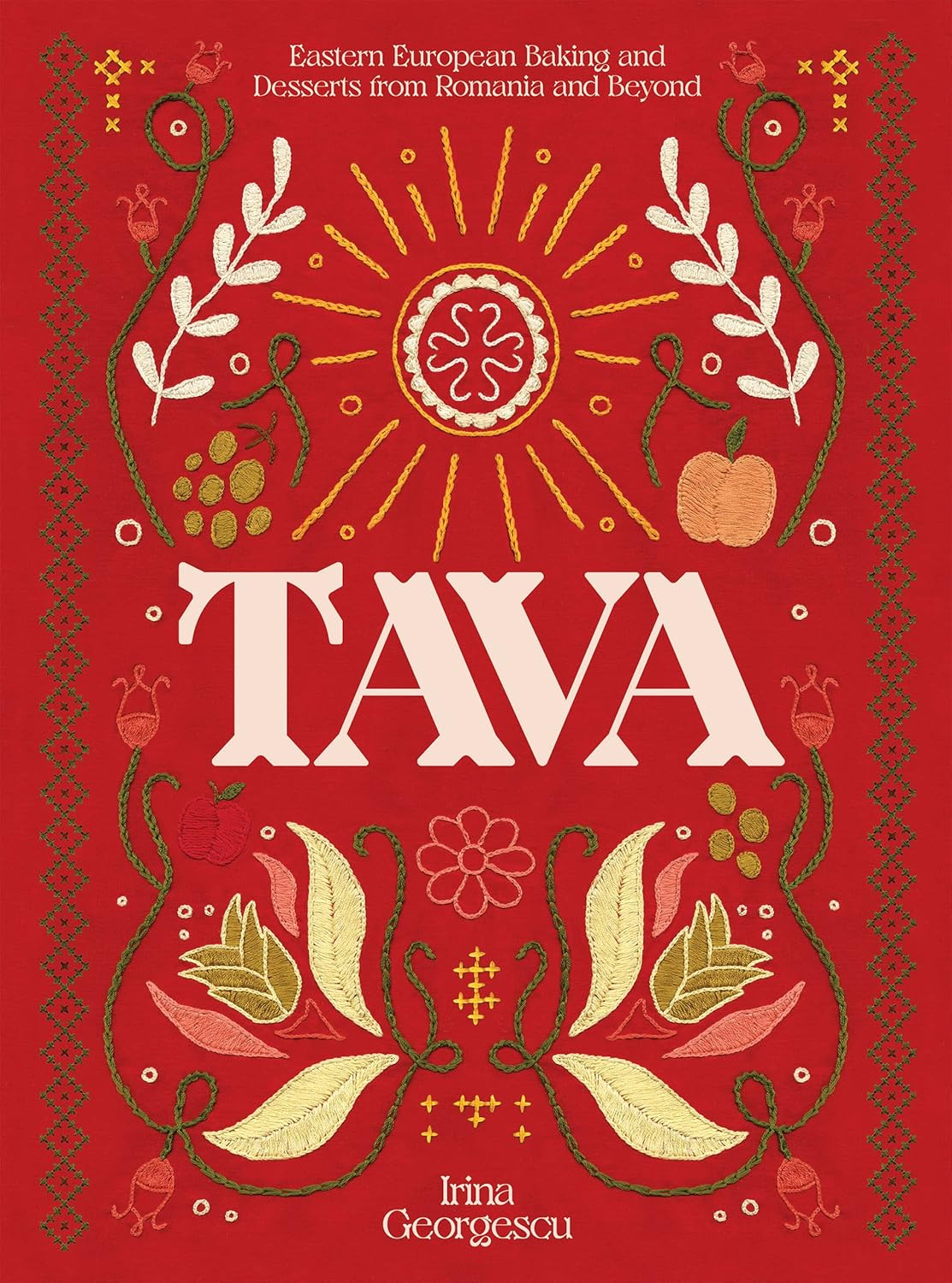
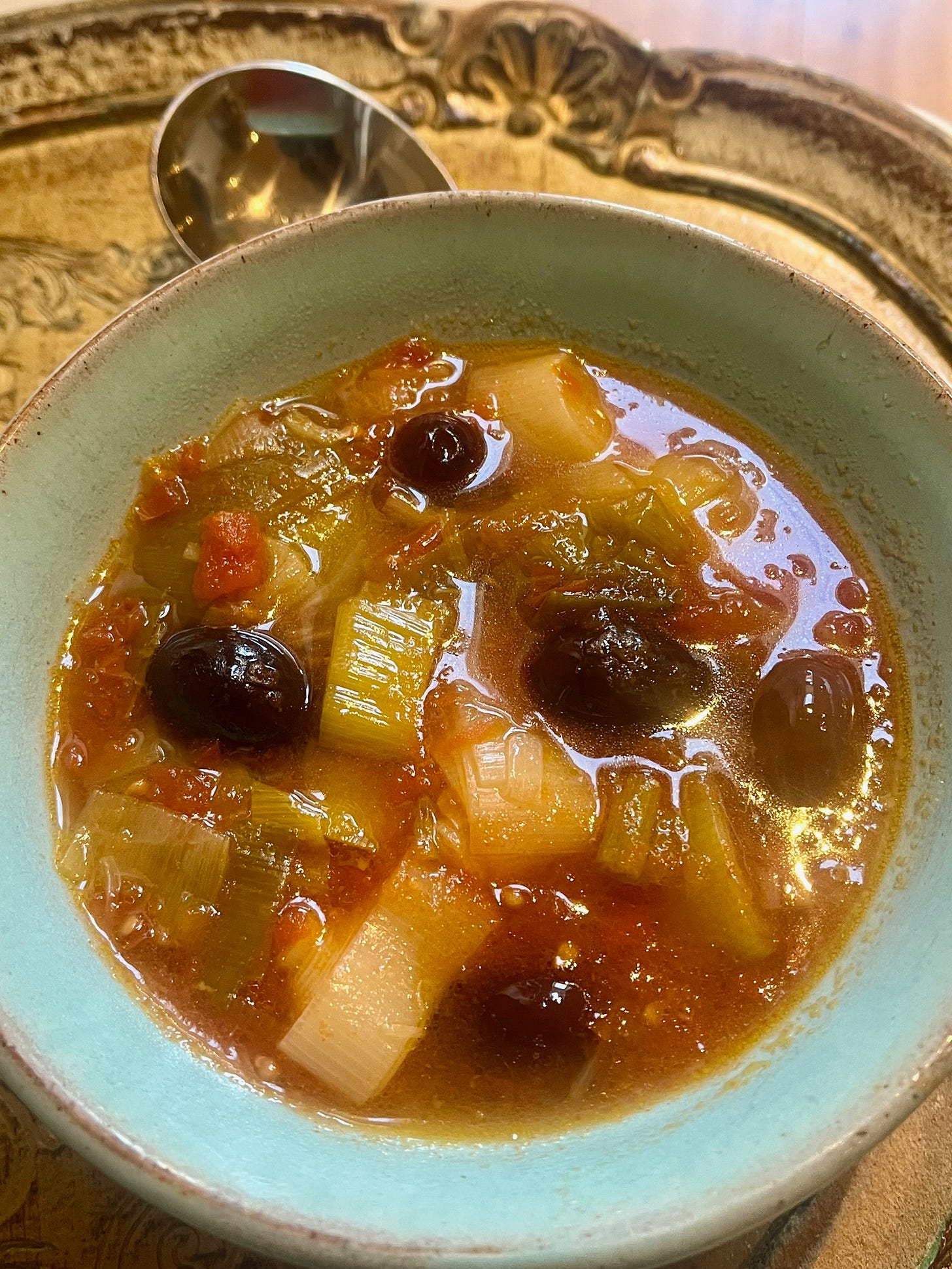
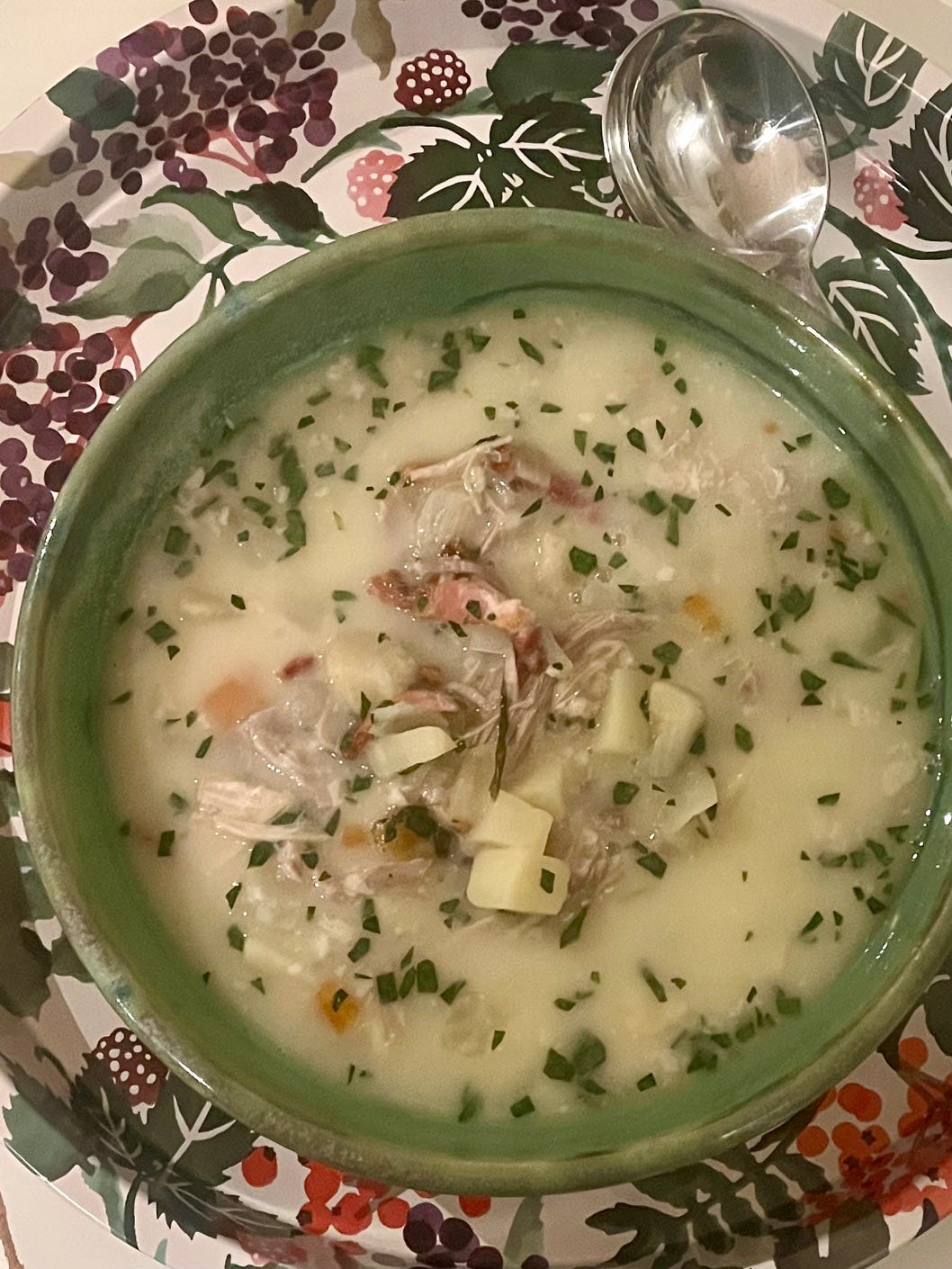
Your book is getting well used; I made the risotto today.
When you say 'Then cooked until the rice has absorbed the liquid. As most of you will know, this takes 3 minutes natural release in the pressure cooker so much faster and with an even greater fuel saving as some of the cooking takes place off the heat.' ...... I am being a bit dense - do you mean cook for 3 mins at HP then slow release? Lovely ideas as always